Benefits of Using Playdough in Kindergarten
In kindergarten, playdough can be more than just a fun way to pass time. It can actually be used in a lot of different ways. For example, playdough activities can easily be a tool for learning and developing skills. Young children can use playdough in a variety of ways in order to address a handful of important skills. As a result, adults can see the many benefits of playdough use in early childhood education as well.
It Feels Like Play
Perhaps the most obvious benefit of playdough play for younger children is that it will feel like play. If you have ever given playdough to a child, you will know this to be true. You can see the excitement and enjoyment as they manipulate and move the playdough through their little hands. When learning skills double as fun and play, it's a great way to instill a love for learning too. It's great for a child's imagination too. Simply put, it is fun for students to use playdough, even when they are using it to learn!
Fine Motor Skills
As mentioned before, using playdough requires a lot of hands-on movement and manipulation, so it is no surprise that students can gain fine motor development skills while playing with it. Sensory play and sensory experiences often help when developing motor skills. For example, they can roll the dough or break off small pieces. They can even use fine motor planning to create different shapes and objects using the playdough. Through those activities, kindergarten students will be fine-tuning those small muscles in their hands that will be needed for writing, coloring, and even moving and counting small objects. Much like a stress ball, playdough can help those little muscles grow stronger so they have better hand strength as a whole.
Practice Math Skills
Speaking of counting objects, another benefit of using playdough in the classroom is that it can be used to target a variety of math skills. For example, students could be given a number, and have to create that quantity using small pieces of playdough. It's truly the perfect way to combine sensory play and math skill development.
It could also be used as a math manipulative in the early stages of addition and subtraction. For addition, students could break the playdough apart to represent the two groups and then add the pieces together to find the solution to the problem. For subtraction, students could use playdough to represent the beginning quantity, and then smash the quantity that is to be taken away.
Another way to use playdough mathematically is to build shapes with it. Kindergarteners will love to make 2-D shapes and mold 3-D shapes with their hands. Their models could even be used to discuss sides, vertices, and faces on the shapes. One of the many benefits of using playdough for math is the versatility in ways it can be used!
Practice Literacy Skills
Math skills aren’t the only skills that can be targeted through playdough. Students can use playdough to practice literacy skills, as well. As with shapes, students can use pieces of playdough to build letters. In doing so, they will become more familiar with the lines and curves that make each letter.
Another playdough activity is that they can use it to practice phonemic awareness skills. For example, segmenting and blending. They can be given three small balls of playdough and a cvc word like “cat.” Then, the student could smash a ball for each of the sounds while segmenting “cat” into the sounds “/c/ /a/ /t/.” As a result of all of this work, they can potentially learn new words. Using playdough can give students hands-on opportunities to practice important early literacy skills.
Inspire Creativity and Student Choice
Finally, one of the many benefits of using playdough in kindergarten is that it's a fantastic way to inspire creativity. If given open-ended opportunities to create, mold, and build as they choose. Not only will this help them develop their creativity, but it also gives them choice and a chance to show and explore their own interests. This will also do a great deal for their self esteem. Not to mention, a great outlet for general creativity.
As you can see, there is a great versatility of using playdough as a tool in the kindergarten classroom. To recap, students can not only show you their creativity but they can practice core skills. However, perhaps one of the biggest benefits of using playdough in kindergarten is that little learners will feel like they have spent their time playing instead of learning. And that's always a good idea because the best thing we can do is instill a love of learning through fun education. This will also greatly benefit in the coming years when getting through elementary school and beyond.
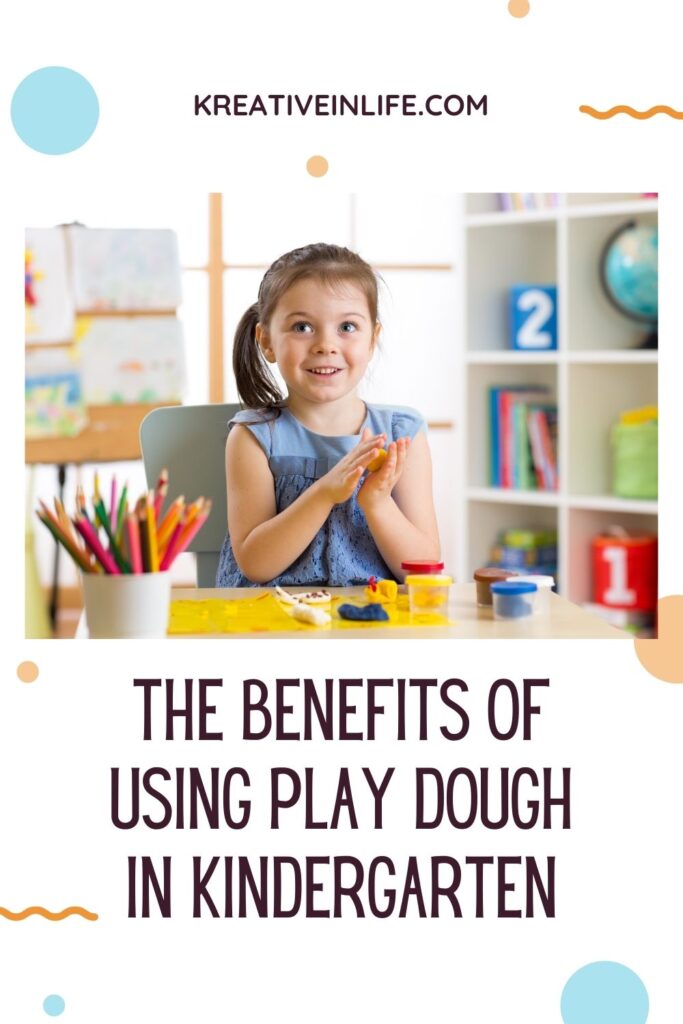
I hope after learning more about the types of experiences playdough can bring, next time you might pull up a seat to play too. Are there specific play dough activities or playdough ideas you particularly enjoy? Let me know in the comments below!
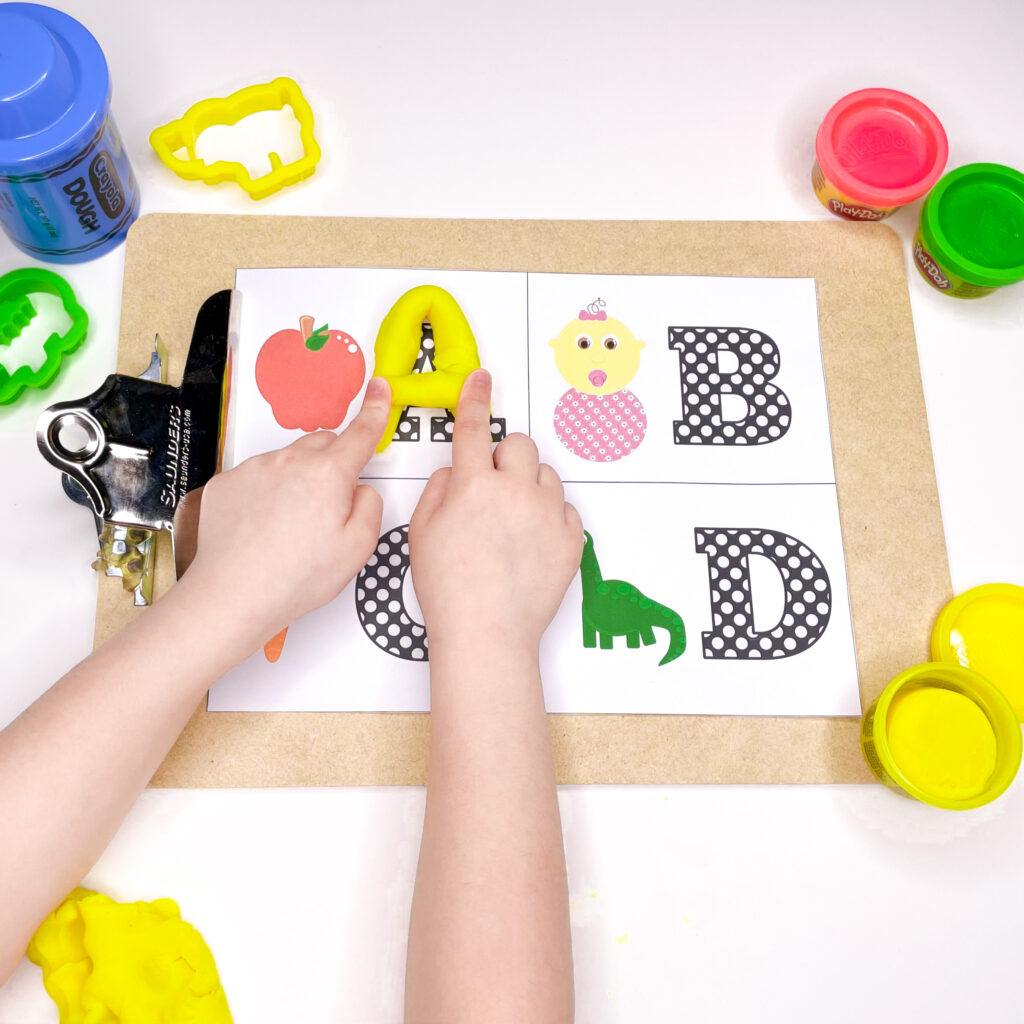
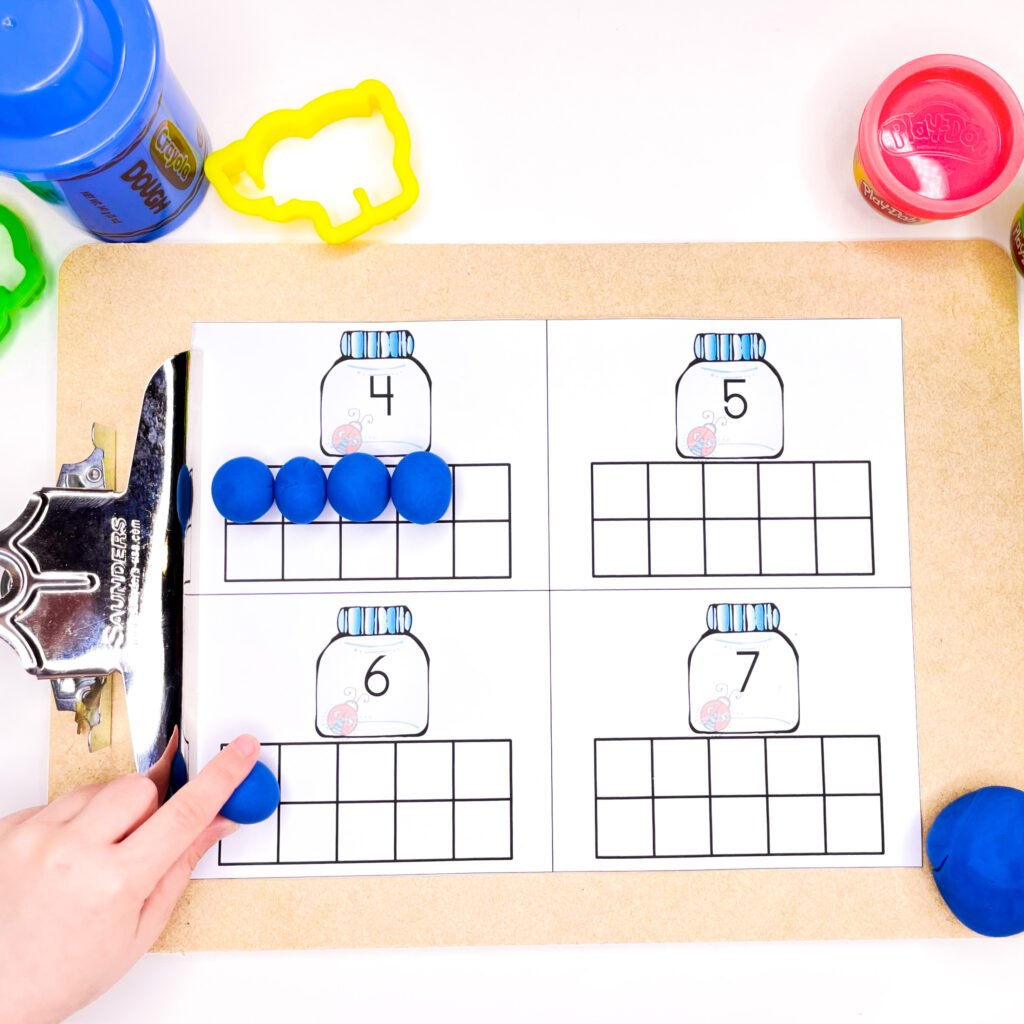
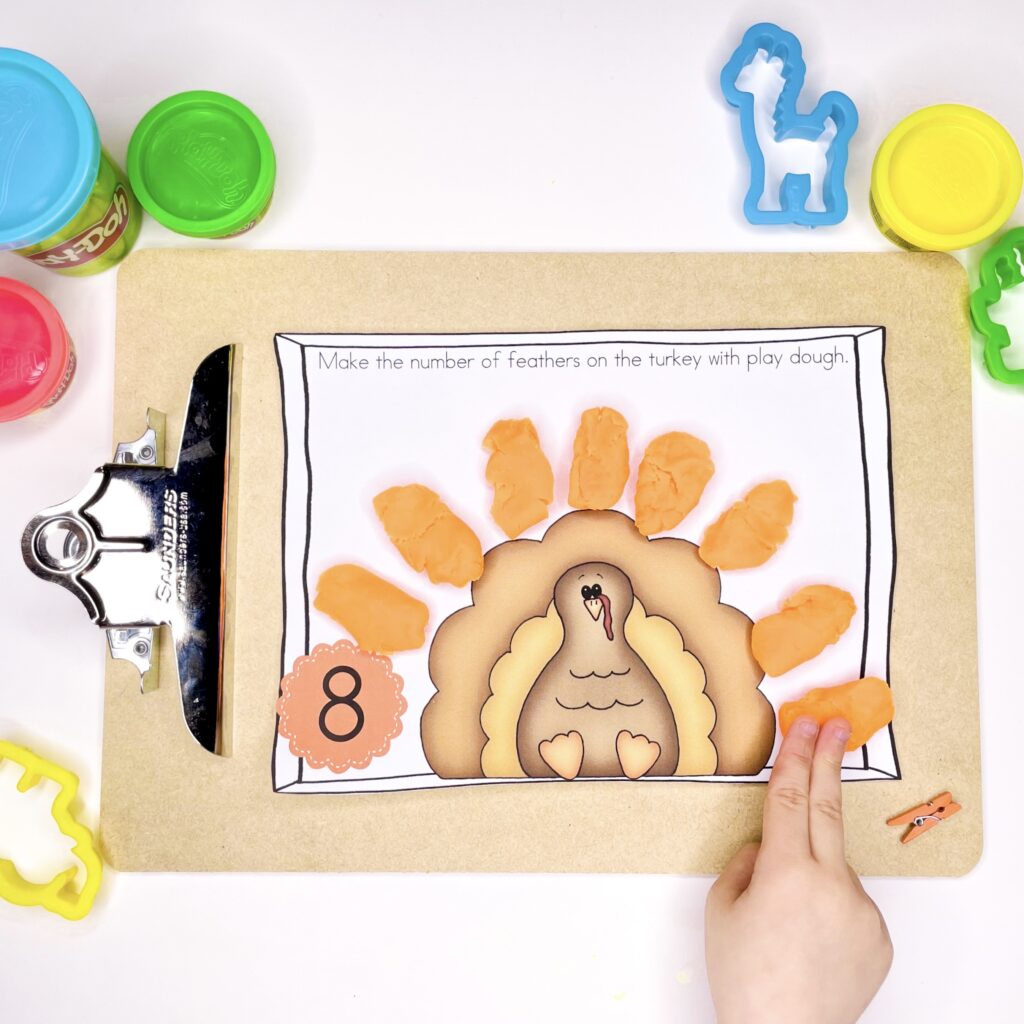
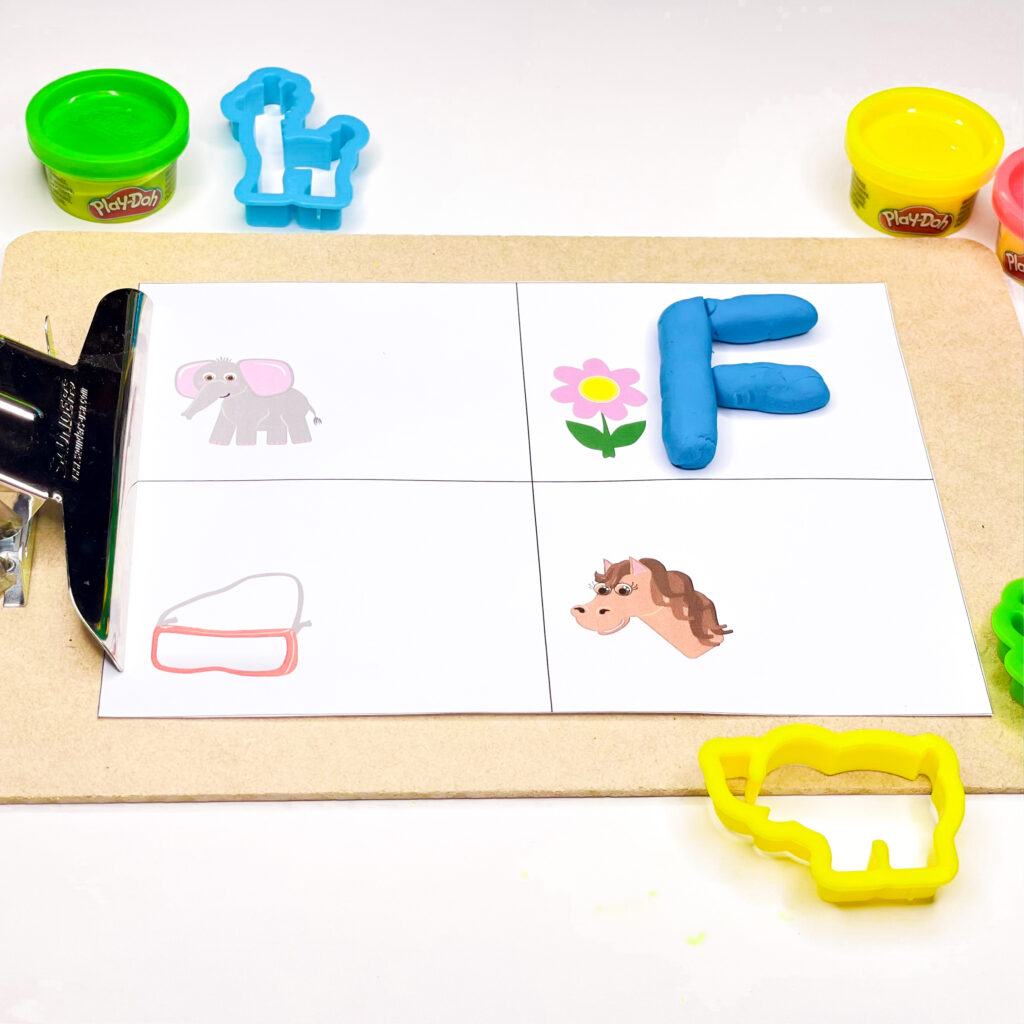


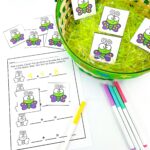
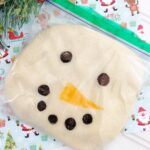
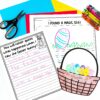
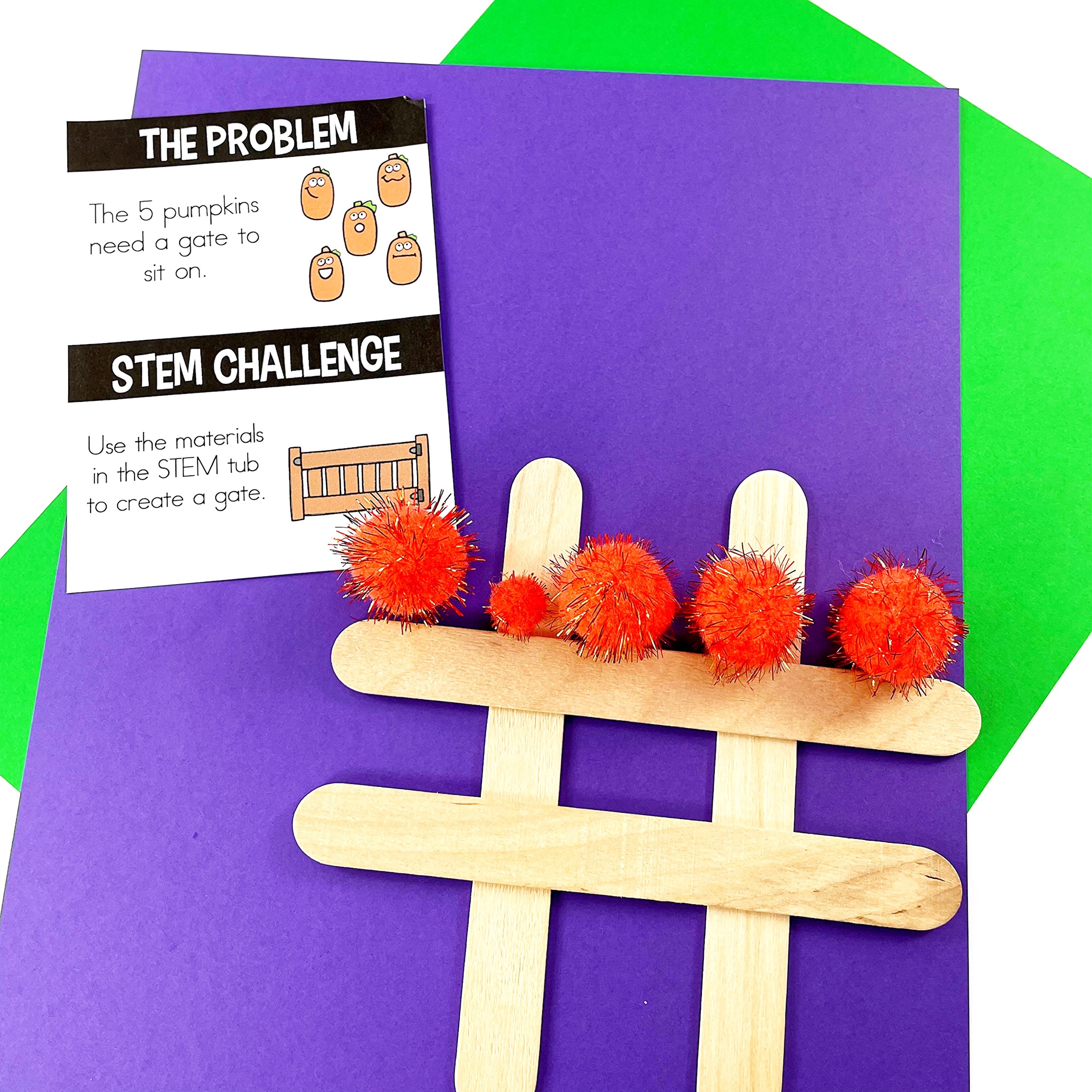
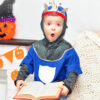

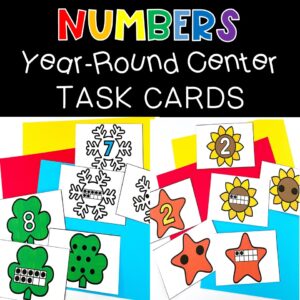

Leave a Reply